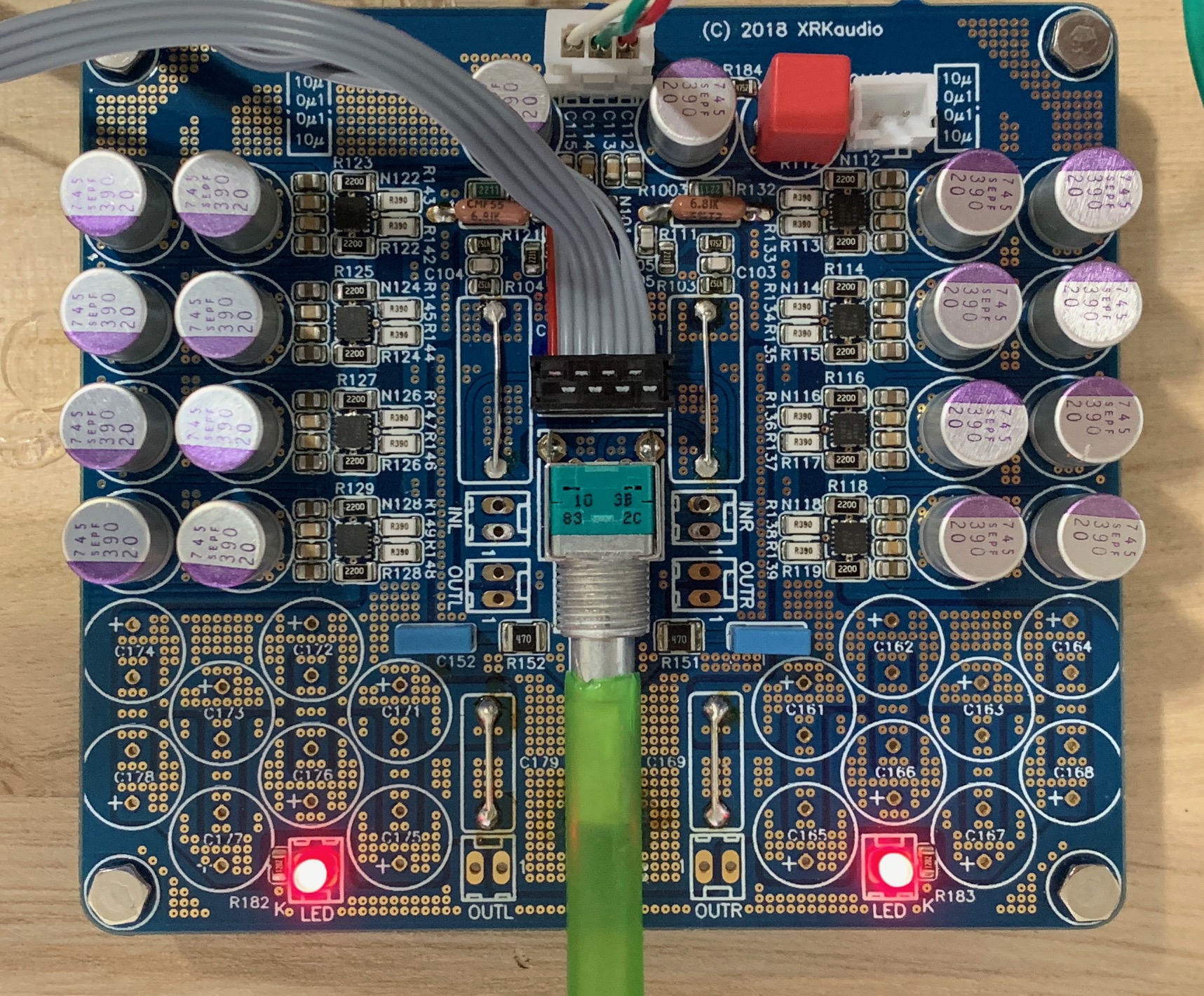TI has some pretty powerful op amps that the slew rate is decent enough for midrange and guitar speaker range of frequencies. has anyone tried using them as an amp? the voltage gain isnt fantastic however so you would probably have to use two stages my guess for like a guitar amp.
TI has some pretty powerful op amps that the slew rate is decent enough for midrange and guitar speaker range of frequencies. has anyone tried using them as an amp? the voltage gain isnt fantastic however so you would probably have to use two stages my guess for like a guitar amp.
Could you indicate which devices you are talking about?
Chips like the LM3886 are really power opamps.
There is a class of high current opamps intended as video or DSL drivers that can drive headphones well.
There is a class of high current opamps intended as video or DSL drivers that can drive headphones well.
LM675 is the same part as LM1875, they only differ on the way they are tested. The LM675 DC specs are tighter than the LM1875, because audio applications are usually AC coupled. OPA549 is also a power amplifier in disguise, the THD specification diagram over the audio range with 4 ohm load is even published on the datasheet.
Could you indicate which devices you are talking about?
Power Op Amps | Products | Operational Amplifiers | TI.com
I'd never heard of them, so I looked it up. The LM12C, which looks to be the one you'd use for a power amp is now obsolete.
The LM12 is (was) fully class B, and subject to some pretty bad crossover distortion. The 1875 and it’s derivatives (including 3886) sound a hell of a lot better.
Steep pricing on some of these... the TO3 opa2541 is 350$ at mouser.
edit: btw, the specialists in power opamp are APEX: Power Operational Amplifier Selector Tables
edit: btw, the specialists in power opamp are APEX: Power Operational Amplifier Selector Tables
Last edited:
Has anyone used power op-amp as an amplifier? Yes, three engineers from Analog Devices did, with several variations, using the LM1875 power op-amp chip. They published their circuits and measurements in the hobbyist magazine "Electronics Now", November 1992. Here are a few images.
_
_
Attachments
Using a second op amp provides more loop gain than the LM1875 itself can provide, and therefore the distortion SHOULD be less. In addition, you have now broken the thermal feedback path from the output transistors to the input diff pair, which is the reason that low frequency distortion rises in chip amps (and doesn’t with discretes). With early generation chip amps (like the car radio ones, and all of the LM380 derivatives), designers didn’t even try to address the low frequency thermal feedback and it was positively *awful*.
I’ve used OPA544 before. It’s quite powerful for an opamp. +/-35v and 2A. $20.70 singles.
https://www.ti.com/lit/ds/symlink/o...l=https%3A%2F%2Fwww.ti.com%2Fproduct%2FOPA544
I have also paralleled 8 OPA1622’s for a headphone amp that can drive 12w into 8ohms:

https://www.ti.com/lit/ds/symlink/o...l=https%3A%2F%2Fwww.ti.com%2Fproduct%2FOPA544
I have also paralleled 8 OPA1622’s for a headphone amp that can drive 12w into 8ohms:
Last edited:
I've used LM3785/6, 3886 and 4780.
I also used some OPA541, which THD specs are quite disappointing (it is a motor driver).
LM675 look useful, as 1875/6 but with caveats.
What about OPA549, these are much more modern, and are, I think, still available
I also used some OPA541, which THD specs are quite disappointing (it is a motor driver).
LM675 look useful, as 1875/6 but with caveats.
What about OPA549, these are much more modern, and are, I think, still available
OPA549 is interesting chip.
Has a user selectable current limit.
It doesn't have the strange clipping, rail sticking like 3886 , 1875
But driving low impedance like 8 or 4 ohm audio speakers
The distortion ratings are rather poor for audio.
Well, compared to a tube amp would be roughly the same. But
You know how that goes.
Has a user selectable current limit.
It doesn't have the strange clipping, rail sticking like 3886 , 1875
But driving low impedance like 8 or 4 ohm audio speakers
The distortion ratings are rather poor for audio.
Well, compared to a tube amp would be roughly the same. But
You know how that goes.
Last edited:
- Home
- Amplifiers
- Solid State
- has anyone used power op-amp as an amplifier?


